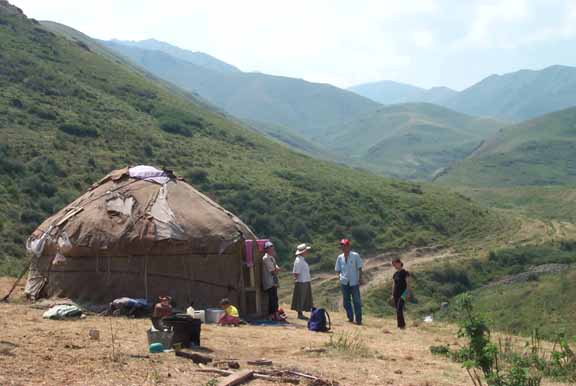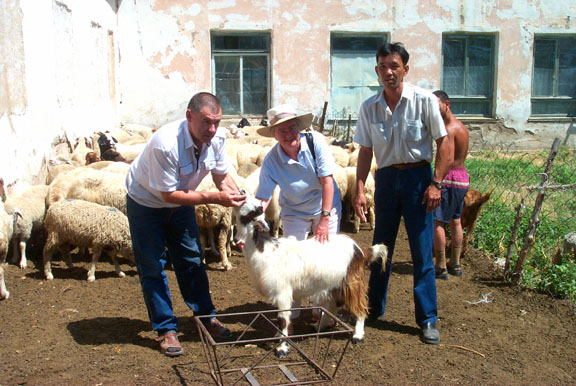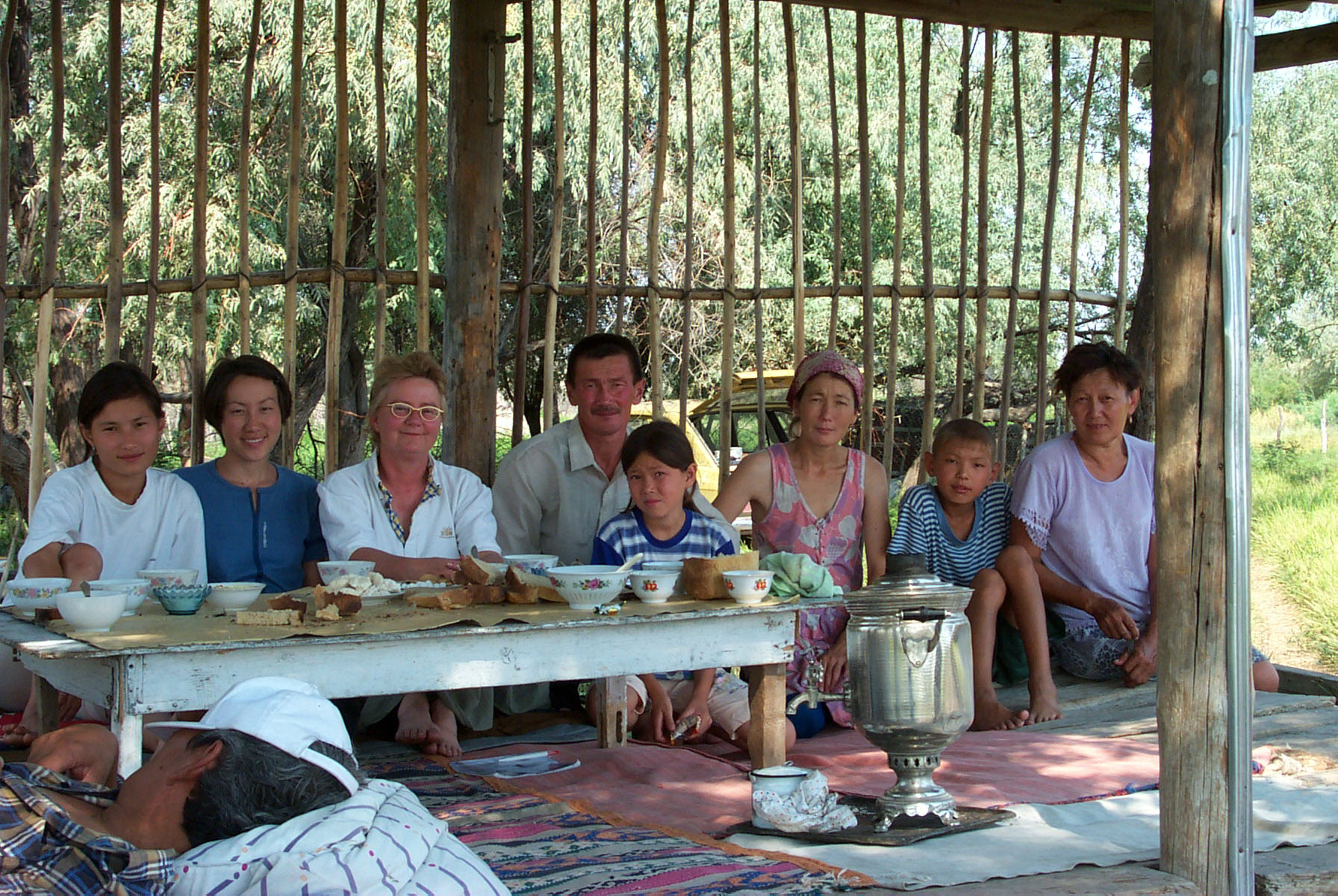

Kazakstan, Kyrgyzstan,and Tajikistan in common with the other Central Asian republics, had highly developed livestock industries which produced wool, other animal fibers and pelts, as well as meat. Following the disintegration of the Soviet Union, these industries, and the USSR market on which they were based, largely collapsed. The wool and fiber industries are now experiencing a revival. The region has a comparative advantage in producing livestock on an extensive basis. Rangelands cover more than 60% of the agricultural area, managed by herders with traditional skills. There is a genetic fund of indigenous and crossbred animals of economic value, and a depth of national research skills inherited from the Soviet period.
Regionally, wool production has remained steady since the year 2000 yet the prices remain low. Most wool and fibers go to the other Newly Independent States though China has become increasingly important to the trade. Household data from previous studies and our studies suggest that wool, cashmere and camel hair are sold without the benefit of separation into coarse and fine wool and that of other fibers. This is due to the single and low prices that persist for the products.
The “Developing Institutions
and Capacity for Sheep and Fiber Marketing in Central Asia” study examines
how the livestock resources can be better utilized to meet new commercial
demand as well as increase economic returns to producers. Focusing on a few
high value products – fine wool and goat cashmere – the study
investigates the information and technology transfers needed to improve marketability



 |
Developing Institutions and Capacity for Sheep and Fiber Marketing in Central Asia
|
|||||||||||